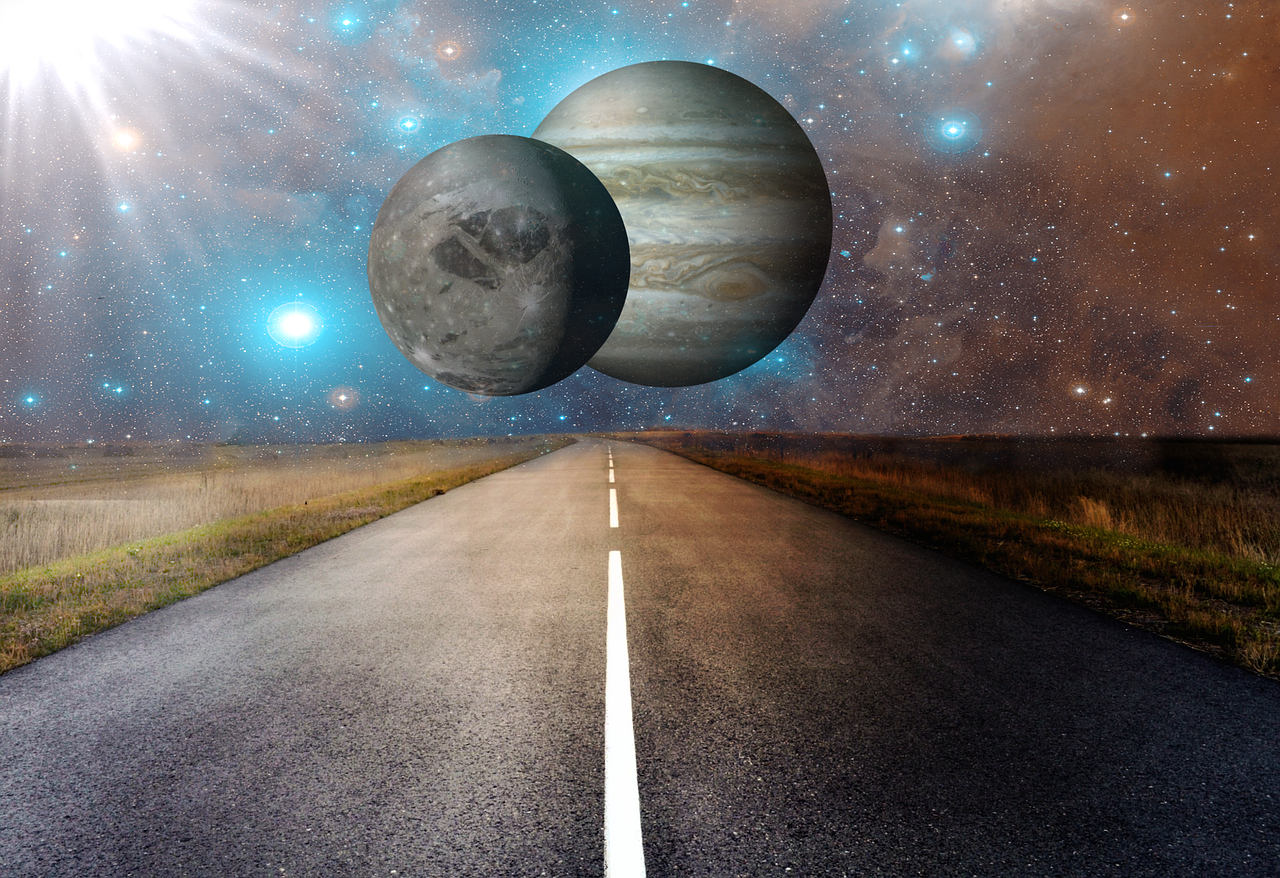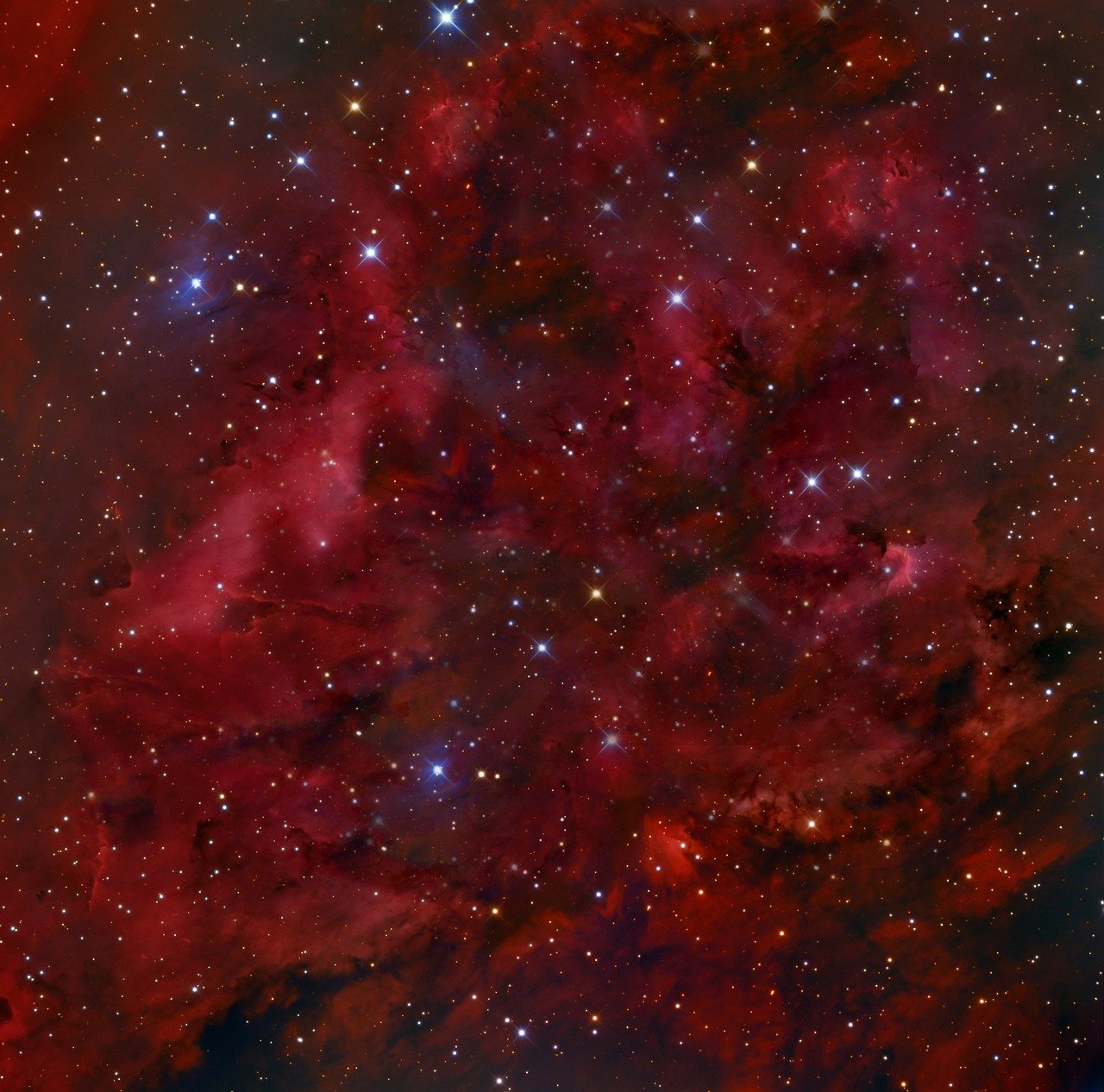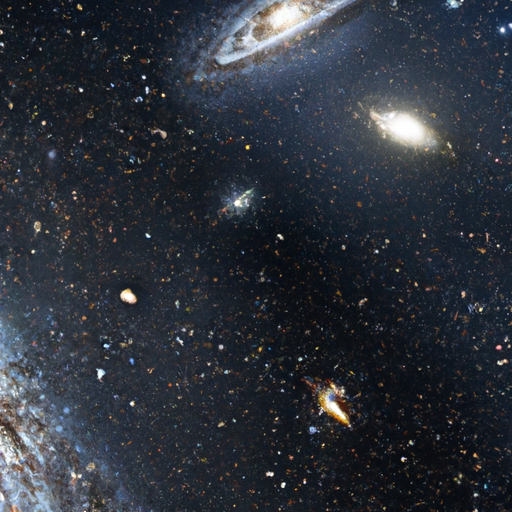Have you ever wondered how much we’ve learned about the universe thanks to the Hubble Space Telescope? Well, let me tell you, it’s been nothing short of groundbreaking. The Hubble has completely changed the way we view and comprehend the cosmos. From discovering the true age of the universe to capturing breathtaking images of distant galaxies, this remarkable telescope has revolutionized our understanding of cosmology. It has opened up a whole new world of possibilities and continues to be a source of awe and inspiration for scientists and space enthusiasts alike.
Introduction
Welcome to the world of the Hubble Space Telescope! In this article, we will dive into the incredible journey of this groundbreaking telescope and how it has revolutionized our understanding of the universe. From its development and launch to its unprecedented view of the cosmos, we will explore the discoveries and contributions it has made to the field of cosmology. We will also discuss its repair and servicing missions, along with the impact it has had on our understanding of the cosmos and public engagement. While the Hubble Space Telescope has undoubtedly faced challenges and limitations, its legacy and future continue to inspire awe and fascination. So, let’s embark on this cosmic adventure together!
Development and Launch of the Hubble Space Telescope
Construction and Collaboration
The idea for the Hubble Space Telescope was born in the 1940s, but it wasn’t until the 1970s that the project gained momentum. Collaborative efforts from NASA, the European Space Agency (ESA), and the Space Telescope Science Institute (STScI) led to the construction of this state-of-the-art telescope. The construction involved contributions from various scientific and engineering teams, with meticulous attention to every detail. The Hubble Space Telescope became a testament to international collaboration, with its parts and instruments sourced from different countries around the world.
Technical Challenges
Building the Hubble Space Telescope was no easy feat. Engineers and scientists had to overcome numerous technical challenges to ensure its success. One significant hurdle was the creation of a flawless mirror. The mirror’s curvature had to be exceptionally precise to capture accurate images. Unfortunately, during the telescope’s initial launch, it was discovered that the primary mirror had a spherical aberration, affecting the clarity of the images. However, a subsequent repair mission successfully corrected this issue, allowing Hubble to achieve its full potential.
Launch and Deployment
On April 24, 1990, the Hubble Space Telescope was launched into orbit aboard the Space Shuttle Discovery. It was a moment of triumph and anticipation for the scientific community and space enthusiasts worldwide. However, the excitement quickly turned to disappointment when it was discovered that the telescope’s primary mirror was flawed. Despite this setback, Hubble was successfully deployed into space, with a plan for future servicing missions to address the issue and unlock its true potential.

Hubble’s Unprecedented View of the Universe
Enhanced Resolution and Clarity
One of the remarkable features of the Hubble Space Telescope is its ability to capture images with unprecedented resolution and clarity. By orbiting above Earth’s atmosphere, which distorts and blurs the images seen from ground-based telescopes, Hubble provides astronomers with incredibly sharp images. This enhanced resolution allows scientists to observe celestial objects in stunning detail, revealing intricate structures and phenomena that were previously unseen.
Observing Distant Galaxies
Hubble’s unmatched view of the universe has opened new doors for studying distant galaxies. By peering billions of light-years away, astronomers have discovered galaxies that formed shortly after the Big Bang. These observations shed light on the early stages of galactic evolution and provide valuable insights into the formation and development of the universe. Hubble’s observations have allowed scientists to study the properties, shapes, and interactions of galaxies in unprecedented detail.
Studying Star Formation
Within our own galaxy, the Hubble Space Telescope has played a crucial role in studying the process of star formation. By capturing detailed images of stellar nurseries, where new stars are born, Hubble has allowed scientists to understand the intricate mechanisms at play during this fundamental cosmic event. These observations have deepened our understanding of how stars, including our own Sun, come into being and how they evolve over time.
Mapping Dark Matter and Dark Energy
One of the most significant contributions of the Hubble Space Telescope to cosmology is its role in mapping dark matter and dark energy. Dark matter, which cannot be directly observed, is believed to make up a significant portion of the universe’s mass. Through precise measurements and observations of cosmic structures, Hubble has provided valuable data that helps scientists understand the distribution and effects of dark matter. Additionally, Hubble’s observations of distant supernovae led to the groundbreaking discovery of dark energy, an unknown force that is accelerating the expansion of the universe.
Discoveries and Contributions to Cosmology
The Expansion of the Universe
Through its observations of distant galaxies, Hubble has provided crucial evidence for the expansion of the universe. By measuring the redshift of light from these galaxies, scientists have been able to determine that the universe is not static but rather undergoing a continuous expansion. This discovery, known as Hubble’s Law, has had a profound impact on our understanding of the cosmos, supporting the Big Bang theory and shaping our models of the universe’s evolution.
Determining the Age of the Universe
The Hubble Space Telescope has also played a pivotal role in determining the age of the universe. By measuring the rate of the universe’s expansion and combining it with other cosmological data, scientists have been able to estimate the age of the universe with greater accuracy. Hubble’s contributions to this field have refined the estimated age, providing us with a better understanding of the universe’s timeline and its origins.
Detection of Exoplanets
In recent years, the Hubble Space Telescope has contributed significantly to our understanding of exoplanets – planets beyond our solar system. By utilizing the transit method, Hubble has detected the presence of exoplanets by observing the dip in a star’s brightness as a planet passes in front of it. These observations have expanded our knowledge of planetary systems, their diversity, and the potential for habitable worlds beyond our own.
Studying Supernovae
Supernovae, the explosive deaths of massive stars, have been a subject of great interest for astronomers. The Hubble Space Telescope has been instrumental in capturing detailed images of supernovae throughout the universe. These observations have provided crucial data about the physics behind these massive explosions and have allowed scientists to refine their models of stellar evolution. Additionally, Hubble’s observations of supernovae have contributed to our understanding of the accelerating expansion of the universe.
Deep Field Observations
Perhaps one of the most iconic and awe-inspiring achievements of the Hubble Space Telescope is the Hubble Deep Field observations. These deep field images captured by Hubble over an extended period have revealed a stunning array of galaxies, some of which are over 13 billion light-years away. The deep field observations have provided invaluable data for studying galaxy formation, evolution, and the history of the universe. They have allowed us to glimpse into the furthest reaches of the cosmos, sparking new questions and inspiring further exploration.

Hubble’s Repair and Servicing Missions
Hubble’s Troubles and the Need for Repairs
Despite its groundbreaking capabilities, the Hubble Space Telescope has faced its fair share of troubles throughout its journey. The initial flaw in the primary mirror, which compromised the telescope’s image quality, was a significant setback. However, thanks to the dedication and ingenuity of scientists and engineers, a series of servicing missions were conducted to repair and upgrade Hubble. These missions not only fixed the mirror’s defect but also improved and replaced various components to enhance the telescope’s performance.
Servicing Missions and Upgrades
Over the course of several servicing missions, astronauts aboard the Space Shuttle made their way to Hubble to carry out repairs and upgrades. These missions involved intricate spacewalks to replace failed instruments, install new technologies, and perform critical maintenance tasks. The final servicing mission in 2009 extended Hubble’s operational lifespan and ensured that it would continue to provide invaluable data and breathtaking images for years to come. The servicing missions remain a testament to human ingenuity and our determination to explore and understand the cosmos.
Impact on the Field of Cosmology
Revolutionizing Our Understanding
The impact of the Hubble Space Telescope on the field of cosmology cannot be overstated. Its observations and discoveries have revolutionized our understanding of the universe and our place within it. Hubble’s ability to capture detailed images of celestial objects and its contributions to important cosmological milestones have shaped and refined our models and theories of the cosmos. The wealth of data provided by Hubble has sparked new avenues of research and opened doors to previously unexplored regions of the universe.
Inspiring New Space Telescopes
The success of the Hubble Space Telescope has also inspired the development of new space-based telescopes. Its achievements have demonstrated the immense value and potential of such instruments in uncovering the secrets of the universe. Telescopes like the James Webb Space Telescope (JWST), set to launch soon, have been designed to build upon Hubble’s legacy and push the boundaries of our knowledge even further. The Hubble Space Telescope’s impact goes beyond its own contributions, serving as a catalyst for future advancements in observational astronomy.
Public Engagement and Education
Hubble’s captivating images and groundbreaking discoveries have captured the imagination of people around the world. The telescope’s ability to convey the wonders of the universe in stunning detail has engaged and inspired generations of space enthusiasts, students, and the general public. Hubble’s captivating visuals have helped bridge the gap between scientific research and public understanding, fostering a sense of awe and curiosity about the cosmos. The Hubble Space Telescope has become a powerful tool in science communication, igniting a passion for astronomy in people of all ages and backgrounds.

Challenges and Limitations
Instrument Aging and Technical Limitations
As with any piece of advanced technology, the Hubble Space Telescope has faced challenges associated with aging instruments and technical limitations. Over time, the telescope’s components have become more prone to deterioration and failures. While the servicing missions have addressed some of these issues, there is an ongoing need for regular maintenance and upgrades to keep Hubble functioning optimally. Additionally, the telescope’s capabilities are limited by the size and complexity of its instruments, restricting certain types of observations and hindering its ability to adapt to emerging research priorities.
Limited Observing Time and Competition
Another challenge the Hubble Space Telescope faces is the limited amount of observing time available. Given its popularity and the demand from scientists worldwide, competition for observing time on Hubble is fierce. Each year, more proposals are submitted than can be accommodated, resulting in some valuable research being deferred or overlooked. To address this challenge, efforts are being made to streamline the proposal process and optimize scheduling to maximize the telescope’s efficiency and scientific output.
Future of the Hubble Space Telescope
With its storied history and significant contributions to astronomy, the future of the Hubble Space Telescope remains a topic of great interest and debate. As it approaches its fourth decade in space, the telescope’s age and technical limitations raise questions about its eventual retirement. However, plans are already in motion to launch new space telescopes, including the highly anticipated James Webb Space Telescope. This next-generation observatory will complement and build upon Hubble’s achievements, expanding our view of the cosmos and propelling us further into the frontiers of space exploration.
Conclusion
The Hubble Space Telescope has truly revolutionized our understanding of the cosmos. From its development and launch to its unprecedented view of the universe, Hubble has provided us with breathtaking images and groundbreaking discoveries. Its observations have transformed our models of the universe, expanded our knowledge of distant galaxies, and shed light on fundamental cosmological questions. While the telescope has faced challenges and limitations over the years, its impact on the field of cosmology is immeasurable. Hubble continues to inspire awe and wonder, engaging the public and fueling the curiosity that drives our exploration of the universe. As we look to the future, the Hubble Space Telescope’s legacy will forever remain a testament to our human fascination with the cosmos and our unyielding quest for knowledge.
